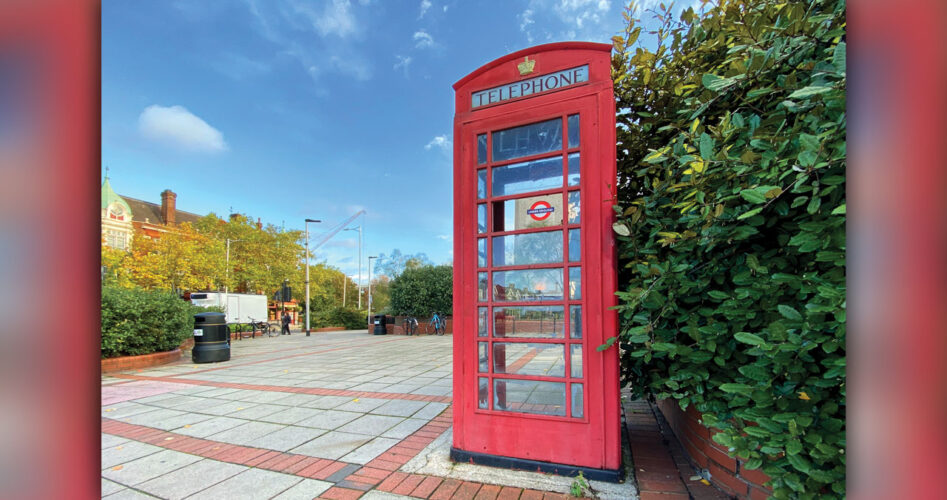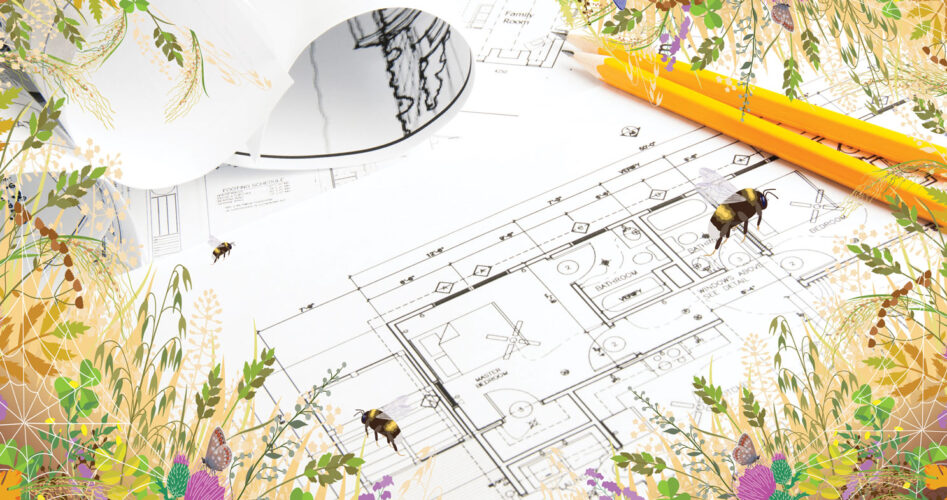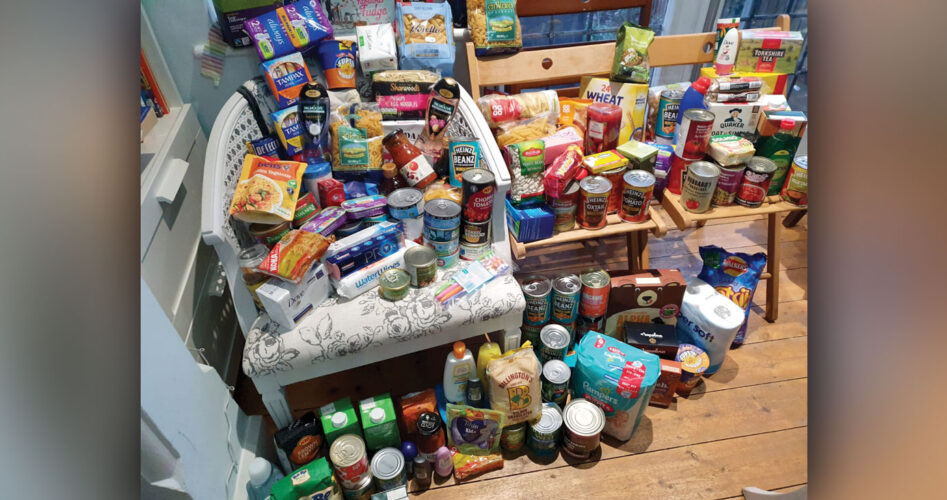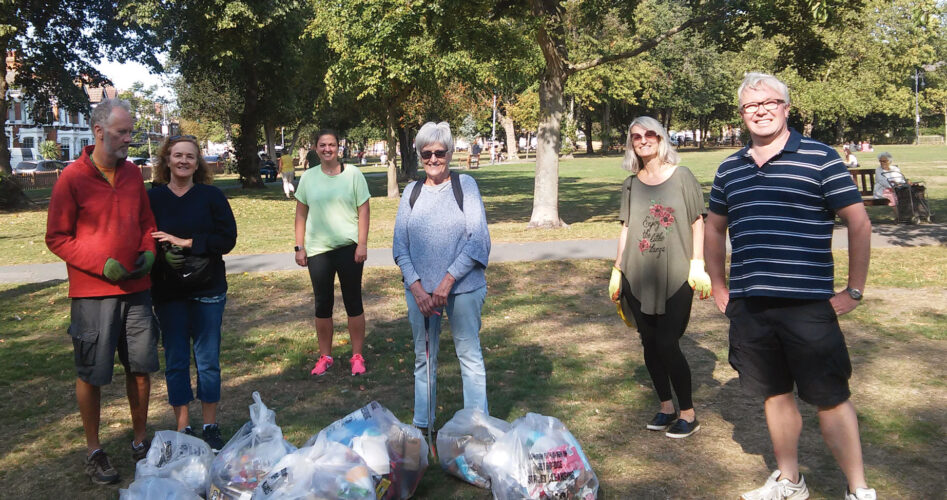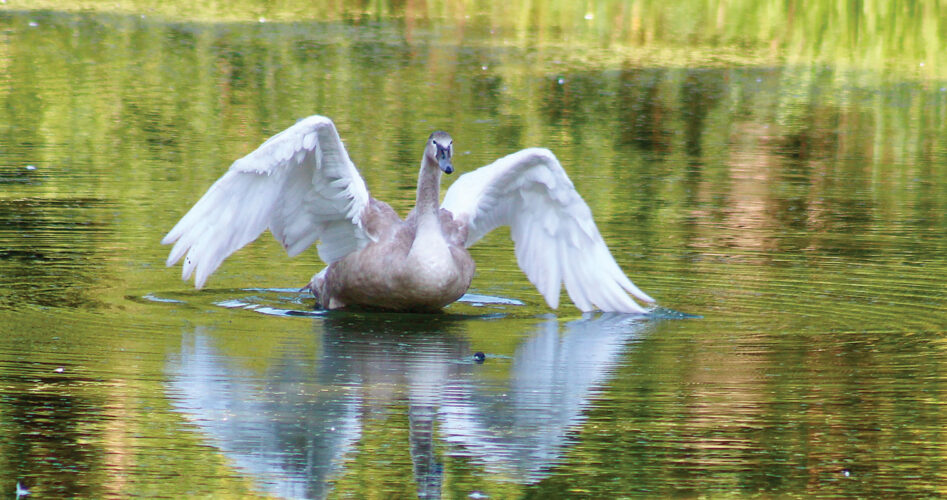The Wanstead Society is seeking to revitalise the iconic K6 telephone box outside Wanstead Station, with the Wanstead Community Gardeners high on the list of those wishing to put it to good use.
“This particular box has Grade II listed status with Historic England and, of course, it complements our beautiful Art Deco station perfectly. BT will decommission it, but leave the electricity for the top lights. Then it is ours to clean, paint and use. The project is in its early stages, but hopefully, by next summer, the shiny red kiosk will be brimming with plant life. Crowdfunding may be needed for the refurbishment, but possibly not for the purchase price – it’s £1,” said Eileen Flinter.
The K6 kiosk design was created by Giles Gilbert Scott in 1935 to commemorate the Silver Jubilee of King George V.


